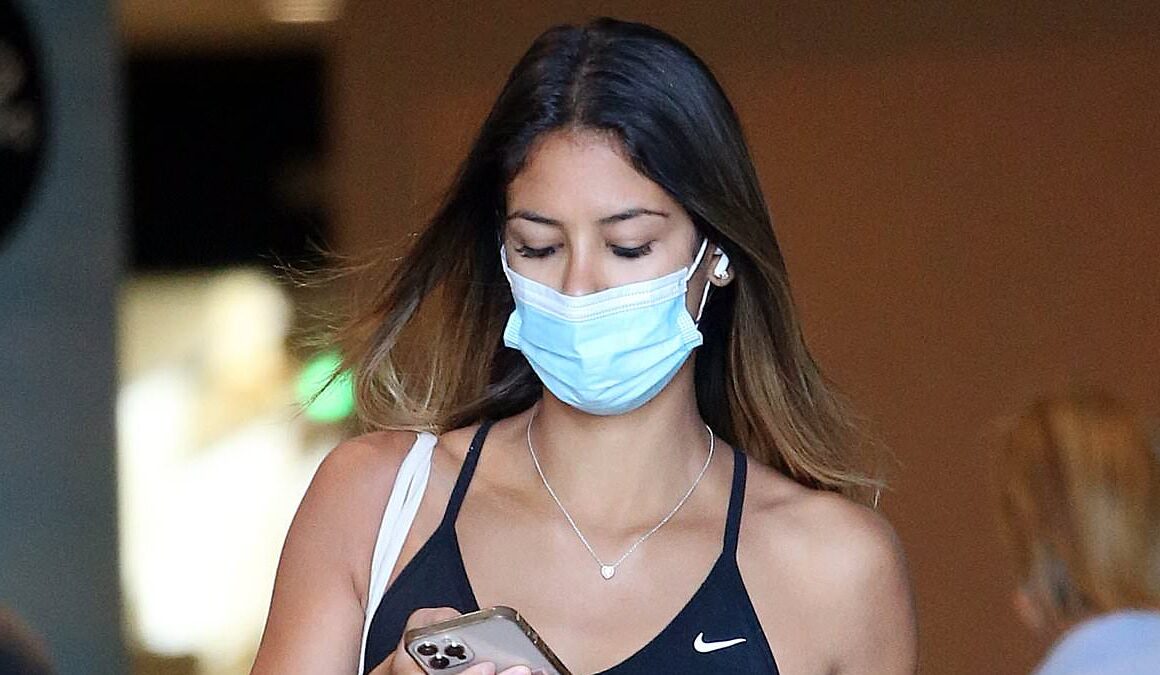Australians who catch Legionnaires’ disease may show symptoms that are similar to the flu and have been advised to seek immediate medical care.
Victoria’s Department of Health has shared the advice as the state grapples with its deadliest outbreak in 20 years.
Two people have already lost their lives including a man, aged in his 60s, who contracted the disease on July 27 before he died in hospital on Sunday.
A woman, aged in her 90s, died last Tuesday.
The number of cases in Victoria currently stands at 77 with Victoria’s chief health officer Clare Looker saying the situation appeared to be stabilising.
Daily Mail Australia has compiled a list of everything you need to know about the disease, how it is transmitted and what symptoms you need to be on the lookout for.
What is Legionnaires’ disease?
Legionnaires’ disease is generally not spread from person to person.

Australians who catch Legionnaires’ disease may show symptoms that are similar to the flu and have been advised to seek immediate medical care (stock image)
The disease is a severe form of pneumonia (a lung infection) caused by inhaling the bacteria Legionella.
Legionella is found in natural water bodies such as rivers, lakes, creeks and hot springs.
The bacteria are also found in spas, potting mix, warm water systems and artificial systems that use water for cooling, heating or industrial processes, such as cooling towers.
What are the symptoms?
Common symptoms include a cough, shortness of breath, fever, headache (often severe), chills, muscle aches and pains and loss of appetite.
The symptoms of Legionnaires’ disease usually begin to appear within 2 to 10 days of breathing in the bacteria.
Atypical symptoms may include nausea, vomiting, diarrhoea and confusion.
Who is at risk?
It is important to note that healthy people may inhale droplets contaminated with the bacteria and not become infected.
The Department of Health warned the people most at risk of Legionnaires’ disease include those aged over 40, smokers, people with a chronic lung disease, have a weakened immune system, and have other underlying medical conditions such as chronic heart, liver or kidney disease, and diabetes.
What should you do if you’re sick?
Victoria’s Department of Health advises if you have any of the above symptoms and have visited or live in metropolitan Melbourne and surrounding areas, it’s important to seek urgent medical care.
Early diagnosis and treatment with antibiotics is important.
Tell your doctor about your symptoms, including any shortness of breath, cough, fever, chest pain, and gastrointestinal issues.

Two people have already lost their lives including a man, aged in his 60s, who contracted the disease on July 27 before he died in hospital on Sunday (stock image)
Be sure to mention if you have travelled recently or stayed in a hotel, been admitted to or visited a hospital, or visited other large buildings.
For people at high risk, including smokers or older adults, prompt treatment is critical.
If you’re unable to get to your GP or healthcare provider, please call NURSE-ON-CALL on 1300 60 60 24 to speak to a registered nurse for free health advice, 24 hours a day.
What is the treatment?
The main treatment for Legionnaires’ disease is antibiotic therapy.
The faster antibiotic treatment is started, the less chance serious complications will develop.
The duration of antibiotic treatment usually ranges from 7 to 14 days, but can be longer in severe cases or for immunocompromised patients.
How does the infection spread?
Most people are infected after they have inhaled microscopic water droplets containing the legionella bacteria.
Infections can be caused by the spray from a shower, tap, jacuzzi, decorative fountain and water feature, or water from the ventilation system in a large building.
Victoria’s Department of Health states there have been 77 confirmed and 7 suspected cases notified since Friday July 26, mainly in adults aged over 40 years.
Most cases have required hospitalisation, with multiple admissions to intensive care for severe community acquired pneumonia.
This current outbreak has resulted in the highest number of cases since the deadly Melbourne Aquarium outbreak in 2000, which infected at least 125 people, of which four died.









